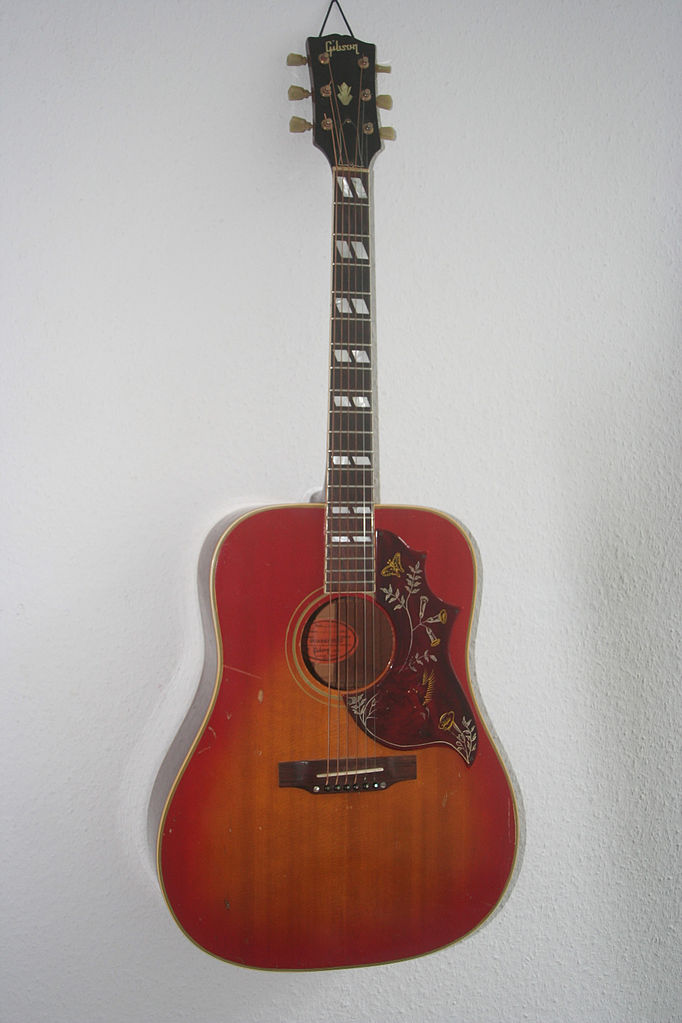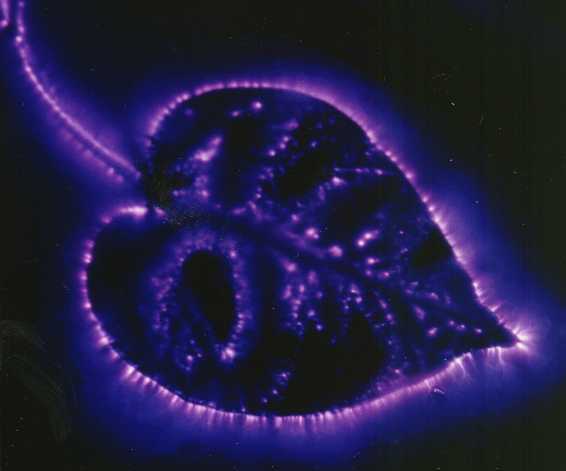
Filling a void in a world aching for greater compassion (Cincinnati, Ohio; “Then” and “Now”): The first thing to know about Jessica Strawser’s The Next Thing You Know is you’ll wish it never ends. It reads like a warm hug from a dear friend whose gift is grace, compassion, and brave, aching love.
Not what you expected. Either because you thought you’d be too raw to read it during this Age of Grief, or hesitated not knowing what an “end-of-life doula” does, assuming it was awfully depressing. Don’t hesitate, as I did at first. Run to it, as it might be exactly the kind of friend you’re sorely in need of right now. A friend who stretches and stretches out their hand to show and remind you to celebrate all that makes life precious, meaningful, radiant, giving us strength in too much darkness.
Two female “death doulas” who’ve found their purpose and a compelling new client tell this emotionally daring story that hits a nerve. They represent a fairly new movement in holistic health care: the “Death Positive Movement.” Nova, the doula protagonist, “sparkles” like her name; her partner Kelly founded Parting Your Way. Emphasis on YOUR. Their purpose is to help terminally ill clients (not patients as their support is non-medical) find “peace of mind” navigating the mind-boggling, enormously stressful position they find themselves in – be it for themselves, a parent, or significant other.
As Kelly explains to Mason, the new client who walks onto the cozy porch of an enterprise she’s put her heart and soul into, their support services include “physical” and “financial” considerations and “the big three: mental, emotional, spiritual.” The doula, then, serves as the “point person” to sensitively guide a client in the “letting go of pain, accepting the outcome they’re facing, seeking forgiveness – many people have unresolved feelings and regrets they need to address before they can come to terms.”
Mason is seeking services for himself. The same age as Nova, thirty-six, too young to die. He too doesn’t know what a death midwife does, a controversial term in the literature as midwife implies birth. The birth doula movement goes back to the 1960s; the end-of-life movement began in the early 2000s and judging by the number of national and international associations and groups is surging. (Examples: National End-of-Life Doula Movement Alliance, NEDA; International End-of-Life Doula Association, INELDA; and Doulagivers, the group the author cites in her Acknowledgements.) These groups use midwife to reflect both birth and death are about providing a “safe, sacred place.”

By user Guitarpimp [CC BY 3.0], via Wikimedia Commons
Mason isn’t your ordinary client, and it’s not just his age. A singer-songwriter-musician who believes his sole purpose in life is playing the guitar. Not just any guitar, but his “prized” Gibson Montana Hummingbird made of mahogany and Sitka woods known in the trade as “The Bird.”
Mason loves being on the road, rather than coming home. He loves the process so much he’s not in a rush for fame. How famous is he? You’ll wonder, and will eventually find out. The most he reveals to Kelly and Nova when he meets them is that he’s come to “make peace with the inevitable.” They/we do not know what his diagnosis is, nor how much time he has left on earth. Later, he shares a bit more, not nearly enough, but it has something to do with his right hand preventing him from playing the guitar.
What is Mason suffering from? A progressive, debilitating neurological disease? Something else? (Initially, I thought bone cancer.) The reader imagines all sorts of possibilities. We narrow them down; we think we know. The thing is: no one really knows. Everyone has made assumptions. A mystery that keeps the reader intrigued. But not as much as the relationship developing between Nora and her new client.
Since the philosophy of Parting Your Way is to reduce the extraordinary pressure someone feels when they’re told their life is ending, Kelly and Nora don’t pressure him to fill out the forms other clients do. Kelly goes so far as to reassure him that no one expects he’ll need the range of services they offer, rather view them as a “menu” to choose from. One thing Kelly knows is that she’s not the right doula to for him, coming from the elder care industry. Nova is better equipped: a “premature death specialist.”
What type of person thinks they can be fully there, emotionally available, 24/7 if need be, for preparing clients to die? How to also be available for yourself? In Kelly’s situation, stay the “mama bear” for Willow, her fifth-grader and only daughter who’s never known her father. Answer: People with a huge well of compassion. When does that well run dry?
How to maintain boundaries if you care about your client’s holistic well-being? What if you can’t? Don’t? What are the repercussions? Answer: Depends on whether the doula is Kelly or Nova. Nova is not an open-book, like Mason. Kelly is a follow-the-book kind of person running a business in a “new, untested field.” Either way, serious consequences happen in a field laden with conflicts-of-interest: privacy issues; stepping on medical, family, financial, legal toes; and ethical concerns.
Nova joined the practice a year ago. She and Kelly became fast friends like family. A threesome with Willow, an inquisitive kid who instantly connected with Nova, as she’s more fun, freer than her Mom whose balancing a lot. Nova is remarkably selfless and willing to be there for Mason at all hours. What she’s trying hard to balance is gaining and keeping his trust while finding out what the nature of his condition is and what he’s facing. From the moment they met, they seem to have a Zen-like quality relatedness, fitting given the emotionality of what doulas do extends into the mystical realm. There’s an aura circling them, which is why it seems Strawser introduces us to “kirlian photography” and the belief that pictures can show an “organism’s soul” or “aura.”

By Thomas.Wedekind [CC BY-SA 4.0] via Wikimedia Commons
Set in Cincinnati, where the author lives, the romantic cover is the tip-off to what’s emotionally in store. Stawser has written four other novels; is a contributor to the NY Times “Modern Love” column; and is Editor-at-Large at Writer’s Digest – so she knows how to write about love, relationships, and the secrets people keep from each other that pull at our heartstrings. This is one of those novels that sticks with you. It makes you feel so-good yet you’ll cry a good cry. The kind of cry you’re grateful for having.
Writing a novel around death is a gutsy thing to do these grieving days. That Strawser pulls it off so exceptionally/emotionally well attests to a few things she has up her literary/romantic/mysterious sleeve.
Lorraine